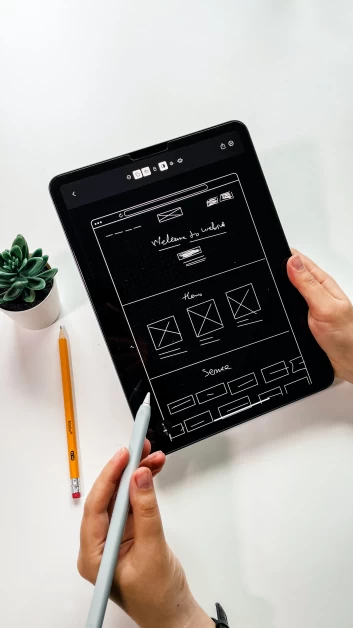Table of Contents
B2B Sales Funnel: Designing a Powerful Sales Process
Sales strategies are constantly evolving in today’s business landscape. With changing technologies and customer behaviors, businesses need to adapt their sales processes to stay ahead. A well-designed sales process can lead to higher conversions, bigger deals, and less time wasted on the wrong prospects. In this article, we will provide a comprehensive guide on how to create a fail-safe B2B sales process that drives results.
The Importance of a Robust Sales Process
A sales process is a series of steps that guide a customer from the initial contact to closing the deal. It is crucial for businesses to have a well-engineered sales process for several reasons:
-
Higher Conversion Rates: Understanding your sales process in detail allows you to optimize it for efficiency. By identifying potential roadblocks and implementing tools to overcome them, you can increase your conversion rates.
-
Bigger Deals: A well-designed sales process equips your sales team with the tools and knowledge to manage high-value deals effectively. By understanding the buying process of larger companies and executing a proactive plan, you can attract larger and more important deals.
-
Save Time: A streamlined sales process helps your salespeople focus their time and efforts on leads and opportunities that can generate more value and revenue for the company.
Steps to Design a Powerful B2B Sales Process
Now that we understand the importance of a robust sales process, let’s dive into the steps to design one:
Step 1: Understand the Customer Buying Process
To design an effective sales process, it is essential to start from the perspective of the customer. Understand their buying process and decision-making journey. Ask questions like:
- How do customers become aware of their needs?
- What steps do they take to research potential solutions?
- How do they evaluate different vendors?
- What factors influence their final buying decision?
By answering these questions, you can align your sales process with the customer’s journey and create a customer-centric approach.
Step 2: Map Out the Customer Buying Stages
Once you have a clear understanding of the customer buying process, map out the different stages it consists of. Each stage represents a specific step in the customer’s decision-making journey. Some questions to consider during this stage include:
- What does the customer do at each stage?
- How can you engage with them and provide value?
- What information and resources do they need at each stage?
- How can marketing support the sales process?
By mapping out the customer buying stages, you can align your sales stages accordingly and ensure a seamless transition throughout the sales process.
Step 3: Define Sales Objectives for Each Stage
Now that you have aligned your sales stages with the customer buying stages, define clear objectives for each sales stage. Ask yourself:
- What is the goal or outcome your sales team should achieve at each stage?
- What actions should they take to move the customer to the next stage?
- What metrics will help you measure success at each stage?
Defining clear sales objectives ensures that your team has a clear focus and understands what actions are needed to progress the sales process.
Step 4: Identify Supporting Actions and Tools
To support your sales team in achieving their objectives, identify the actions and tools they need at each stage. This could include:
- Effective sales techniques and strategies
- Referral programs and testimonials
- Discovery questions and objection handling strategies
- Success stories and case studies
- Demonstration and presentation materials
Additionally, leverage automation and technology to streamline the sales process. Here are some examples of sales tools you can use:
- Hubspot Sales: Track and manage customer interactions, emails, and notifications.
- Calendly: Schedule meetings efficiently and eliminate back-and-forth communication.
- Zoom: Conduct web meetings and presentations with ease.
- Qualifier.ai: Automate prospecting, finding emails, and outreach.
- GetAccept: Monitor prospect interactions and accelerate deal closing.
- Mailchimp: Easily send out emails and nurture leads.
- Zapier: Automate workflows between different apps and tools.
By equipping your sales team with the right tools and resources, you can enhance their efficiency and effectiveness throughout the sales process.
Step 5: Continuously Improve and Optimize
Once your sales process is in place, it is essential to continuously seek feedback and optimize the process for better results. Encourage your sales team to provide insights and suggestions based on their interactions with prospects and customers. Gather data on what is working well and what can be improved. Use this information to refine and enhance your sales process, making it more efficient and effective over time.
Conclusion
Designing a powerful B2B sales process is crucial for driving conversions, securing bigger deals, and saving time. By understanding the customer buying process, mapping out the stages, defining clear objectives, identifying supporting actions and tools, and continuously optimizing the process, you can create a robust sales process that drives results. Implementing sales tools such as Hubspot Sales, Calendly, Zoom, Qualifier.ai, GetAccept, Mailchimp, and Zapier can further enhance efficiency and effectiveness. Remember to keep updating and refining your sales process to stay ahead in today’s competitive market.
